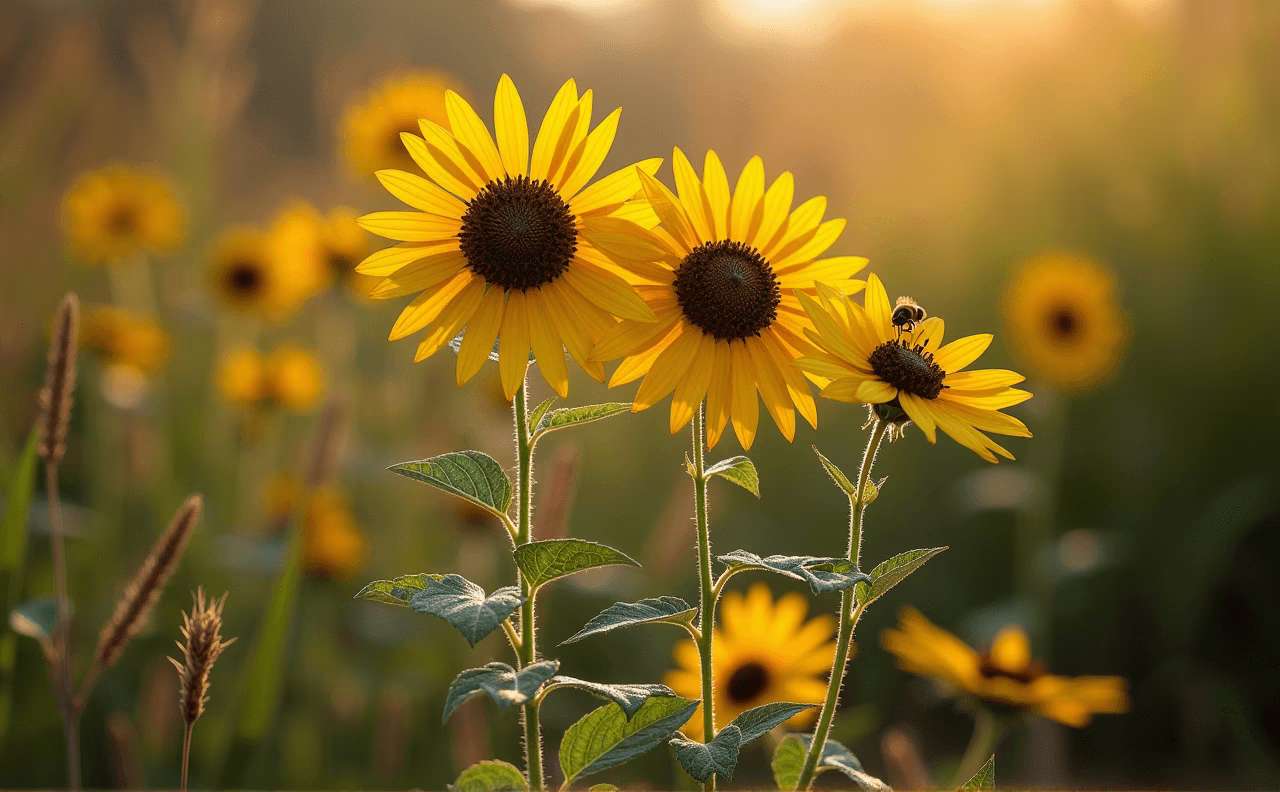
Swamp Sunflower
Helianthus angustifolius
Grow Time
90-120 days
Sunlight
Full Sun
Watering
Every 5-7 days
Toxicity
Non-toxic
How to plant Swamp Sunflower: Step-by-Step Guide
Growing Guide
Preparation
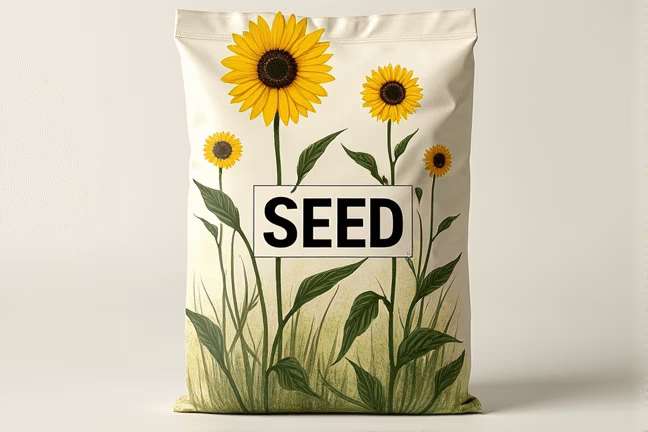
What you'll need:

Swamp sunflower seeds or young plants (you can find these at garden centers or online)

A pot or space in your garden (they grow tall, so give them room to shine!)

Soil that holds moisture well (if your soil is too dry or sandy, mix in some compost or organic matter)
- Access to water (these plants love wet feet)
When to start:
Swamp sunflowers are best planted in spring after the last frost when the weather starts warming up. If you're starting from seeds indoors, begin about 6-8 weeks before the last expected frost.
Choosing a good spot:
These beauties thrive in full sun but can handle a bit of shade. Pick a place where they’ll get at least 4-6 hours of sunlight daily. They also do well near ponds, streams, or any damp area because they love moisture.
Tip: If your yard tends to get soggy after rain, this plant will be perfect there!
Planting

If you're using seeds:
- Fill small pots or seed trays with moist soil.
- Sprinkle a few seeds on top and cover lightly with soil (just a thin layer).
- Water gently, keeping the soil consistently damp but not soaking wet.
- Place the pots in a warm, bright spot (a sunny windowsill works great).
- Seeds should sprout in about 7-14 days.
- Once the seedlings are a few inches tall and have a couple of leaves, they’re ready to move outdoors or into larger pots.
If you're using young plants:
- Dig a hole slightly bigger than the root ball of the plant.
- Place the plant in the hole, making sure the top of the root ball is level with the ground.
- Fill in the soil around the plant and gently press it down.
- Water thoroughly right after planting.
Planting tips:
- Space your swamp sunflowers about 2-3 feet apart if you're planting them in the ground — they like to spread out.
- If you're using pots, make sure they're large enough (at least 12 inches deep) to accommodate the roots as they grow.
Growing Care
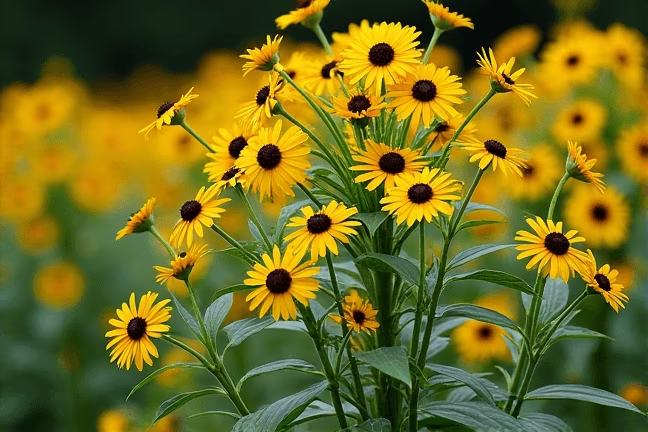

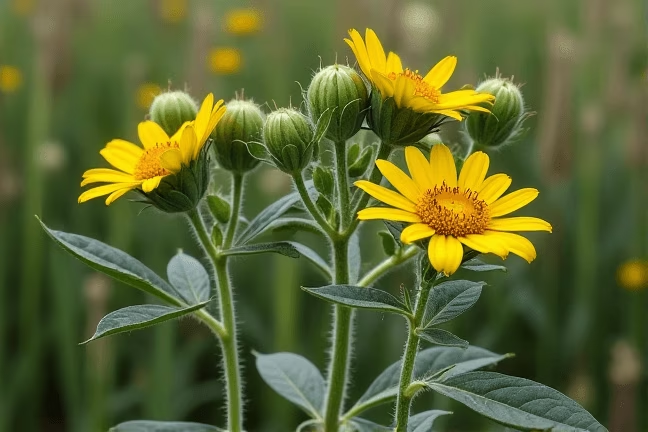

Watering:
- Swamp sunflowers love water! Keep the soil consistently moist, especially during hot, dry spells.
- If you live in an area with regular rain, you might not need to water much. But if it’s been dry for a week or more, give them a good soak.
- In pots, check the soil every day; if the top inch feels dry, it's time to water.
Feeding:
- These plants don’t need much fertilizer, but a little boost can help them grow strong.
- Use a balanced, all-purpose fertilizer once a month during the growing season (spring through summer).
Sunlight & Temperature:
- As their name suggests, they adore the sun! Aim for at least 4-6 hours of direct sunlight daily.
- They can tolerate partial shade, but they won't grow as tall or produce as many flowers.
- They thrive in warm weather but can handle cooler temperatures too, just not frost.
Pruning:
- If the plant starts looking leggy or overgrown, trim it back by about one-third in early summer. This will encourage bushier growth and more flowers later on.
Harvesting
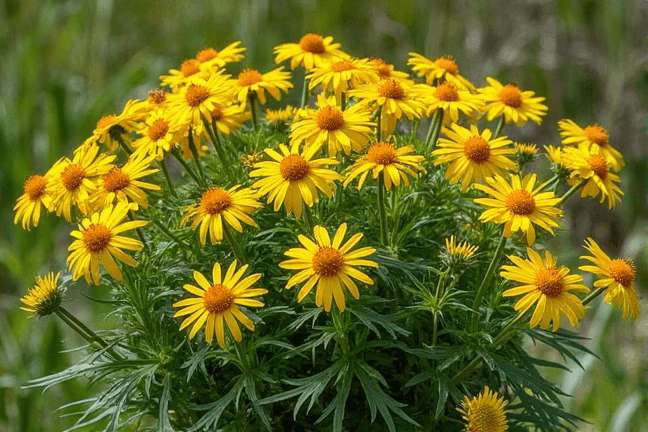
When to enjoy the blooms:
- Swamp sunflowers typically bloom in late summer to fall, depending on your climate.
- The flowers are bright yellow with dark centers, similar to classic sunflowers, and they’ll attract bees, butterflies, and even birds!
How to harvest (optional):
- If you want to cut some flowers for a bouquet, use scissors or pruners to snip the stems just above a leaf node (where the leaves meet the stem).
- Place the cut flowers in water immediately to keep them fresh.
Seed collection (if desired):
- After the flowers fade, they’ll form seeds that birds love. If you want to collect seeds for next year, let the flower heads dry on the plant.
- Once dry, shake the seeds loose and store them in a cool, dry place until you're ready to plant again.
End of season care:
- After the first frost, the plant will die back. You can cut it down to the ground and mulch the area to protect the roots if you live in a colder region.
Plant Care FAQ
Q: Why are my swamp sunflower leaves turning yellow?
A: Yellow leaves could mean the plant is getting too much water or not enough nutrients. Check the soil—if it’s soggy, ease up on watering. If the soil feels depleted, try adding some compost or fertilizer.
Q: Can I grow swamp sunflowers in regular garden soil?
A: Yes, but they prefer soil that stays moist. If your soil is very dry, consider mixing in compost or organic matter to help retain water.
Q: Do swamp sunflowers attract wildlife?
A: Absolutely! Bees, butterflies, and birds all love them. The flowers provide nectar for pollinators, and the seeds are a favorite snack for birds.
Q: How tall do swamp sunflowers grow?
A: They can grow anywhere from 4 to 8 feet tall, depending on the conditions. Give them plenty of space so they can reach their full potential!
Q: Can I grow swamp sunflowers in containers?
A: Yes! Just make sure the pot is large enough (at least 12 inches deep) and keep the soil consistently moist. They may not grow quite as tall in pots, but they’ll still put on a beautiful show.
Pro Tips
1. Pair with pollinator-friendly plants
Plant swamp sunflowers alongside other pollinator favorites like coneflowers or black-eyed Susans to create a vibrant, wildlife-friendly garden.2. Mulch magic
Add a layer of mulch around the base of the plant to help retain moisture and keep weeds at bay.3. Divide and conquer
Every few years, you can divide the roots of mature swamp sunflowers in early spring to create new plants and prevent overcrowding.4. Rain garden superstar
If you have a low-lying area in your yard that collects rainwater, swamp sunflowers will thrive there and help manage runoff naturally.5. Seasonal beauty
Since they bloom in late summer to fall, swamp sunflowers are perfect for adding color to your garden when other plants are winding down.6. Cut-and-come-again flowers
Regularly cutting flowers encourages the plant to produce even more blooms, extending the flowering period.7. Deer-resistant delight
Swamp sunflowers are less appealing to deer, making them a great choice for gardens in areas with heavy deer traffic.